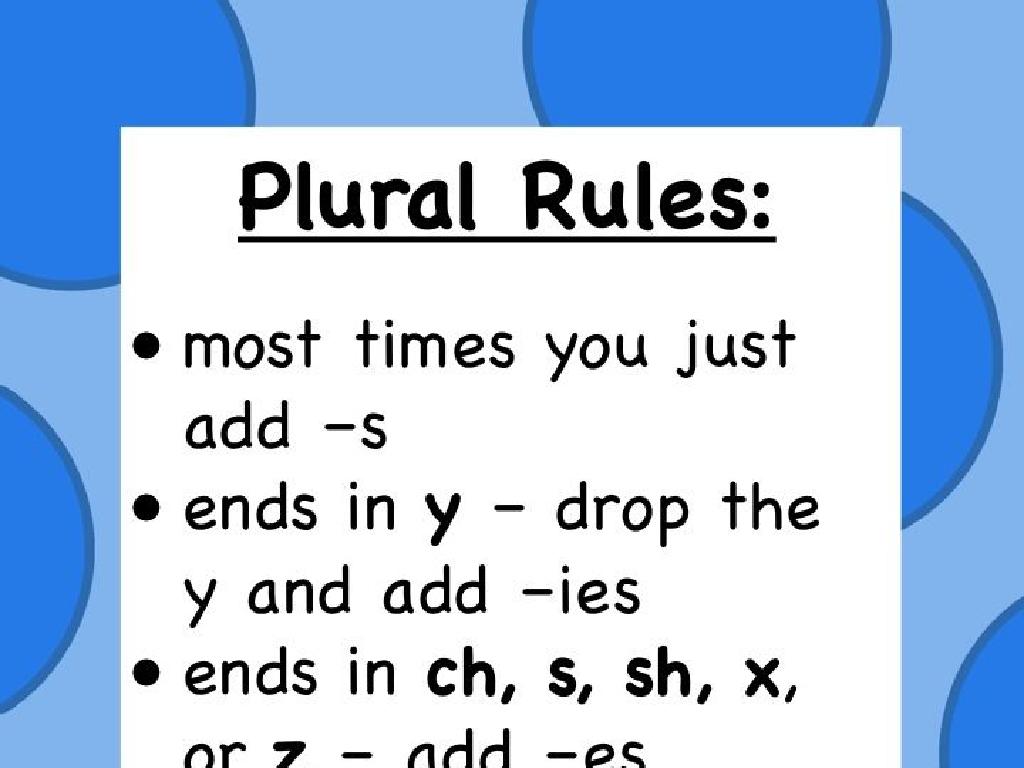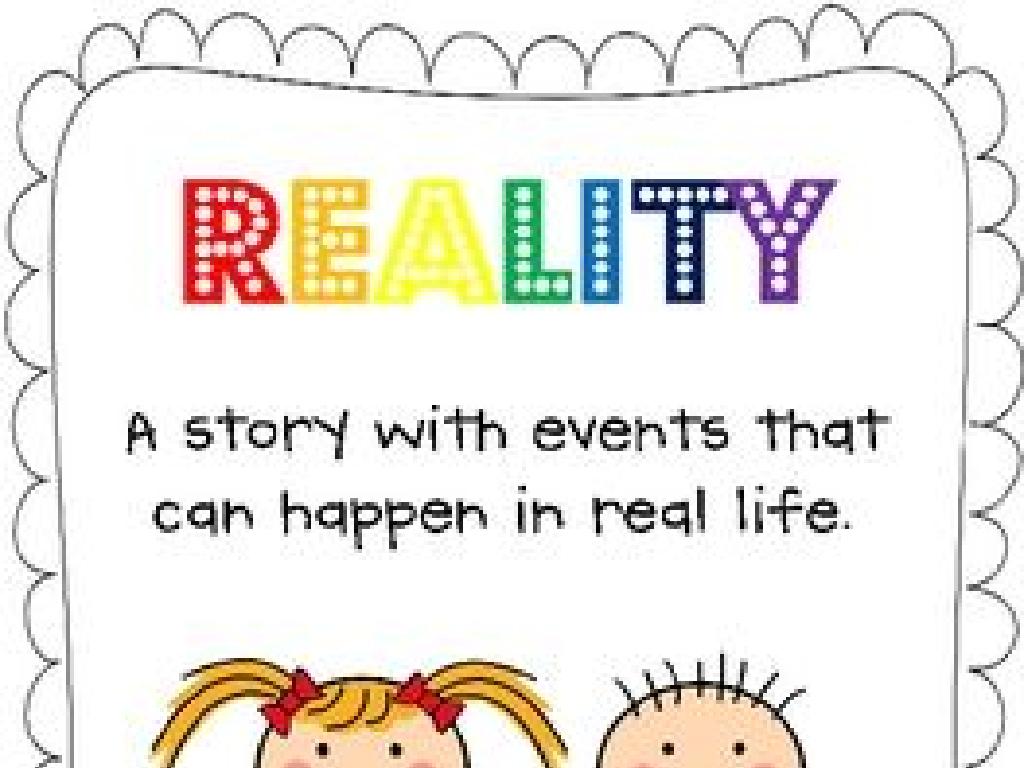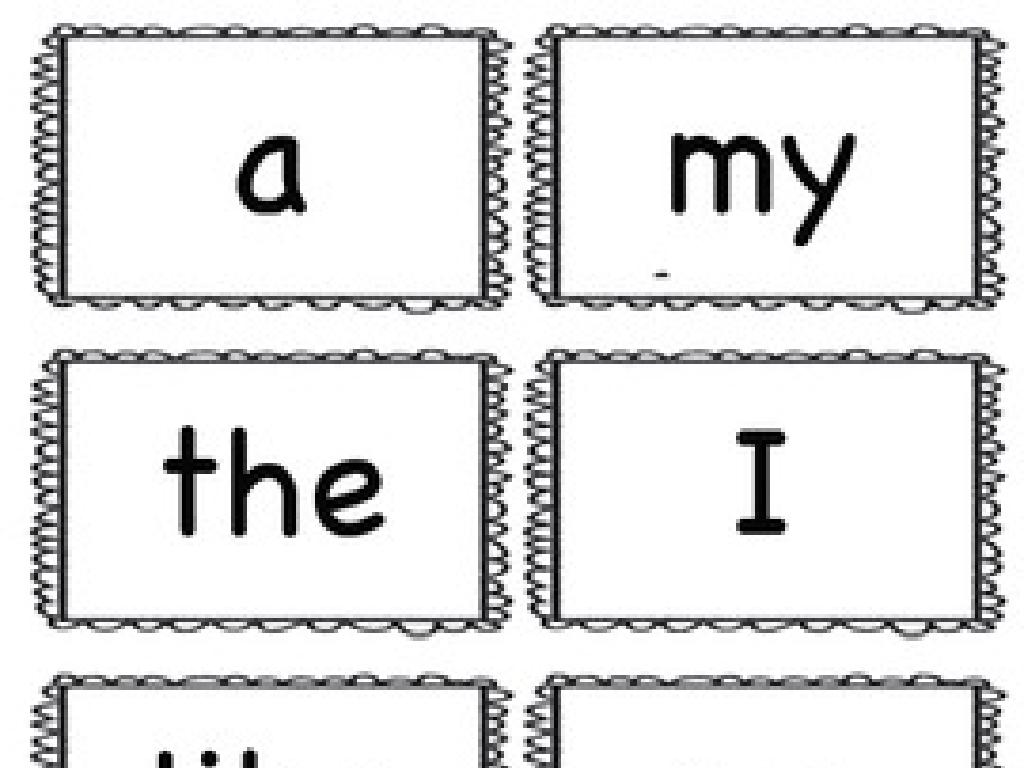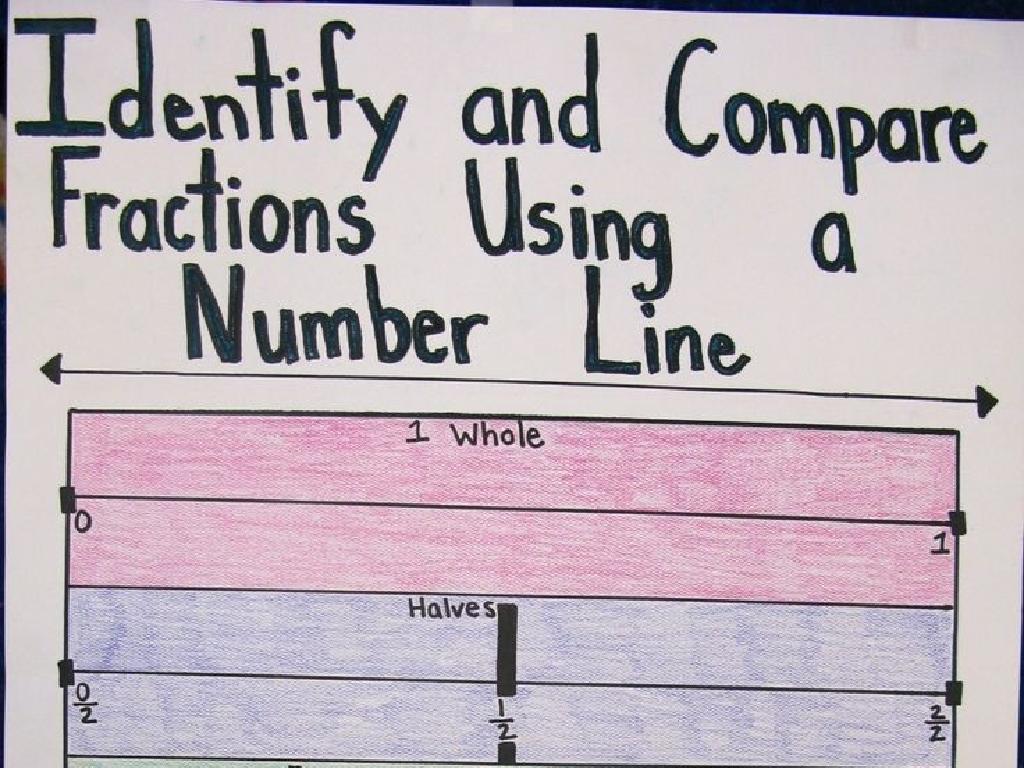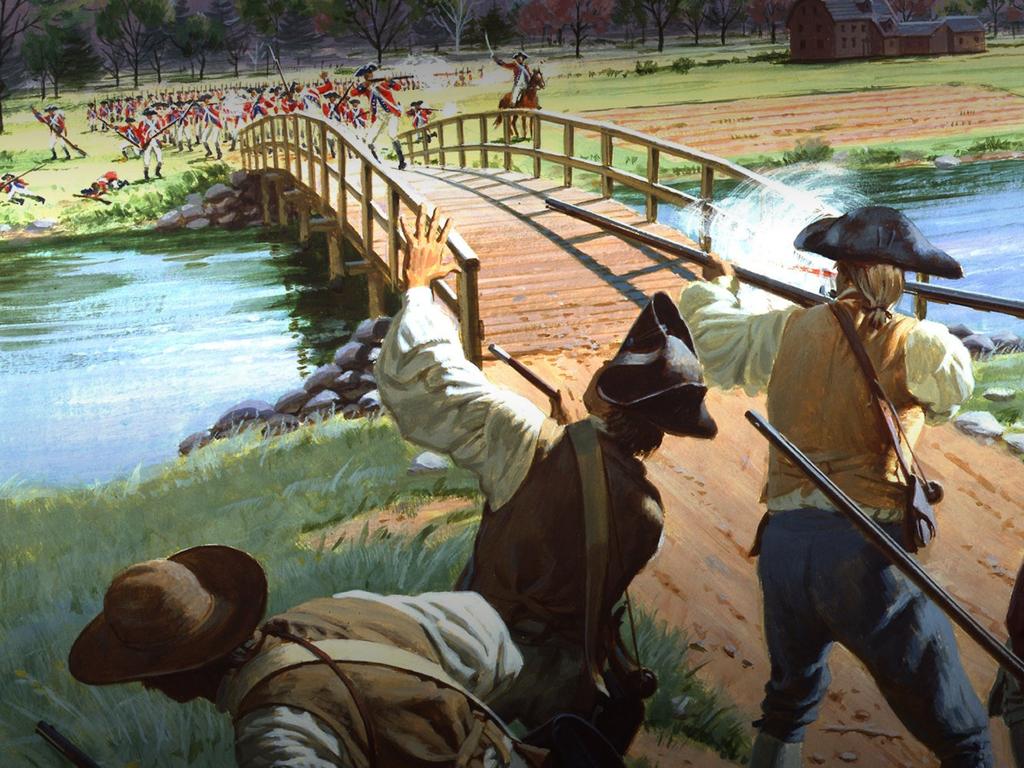Use Linking Words To Complete A Passage
Subject: Language arts
Grade: Second grade
Topic: Linking Words
Please LOG IN to download the presentation. Access is available to registered users only.
View More Content
Welcome to Linking Words!
– Greeting and topic introduction
– Linking words as idea bridges
– They help our sentences flow smoothly
– Have you seen a bridge?
– Relate to bridges they’ve seen in real life
– How bridges connect places
– Just like bridges, linking words connect our thoughts in writing
|
Begin the class with a warm welcome and introduce the concept of linking words, emphasizing their importance in creating coherent sentences. Explain that linking words function like bridges, creating connections between separate ideas, making our writing smoother and easier to understand. Engage the students by asking if they have seen or crossed a bridge, drawing a parallel to how bridges join two land areas. This analogy helps them visualize the role of linking words in joining different thoughts. Encourage students to think of examples of bridges and linking words, fostering an interactive learning environment. Prepare to guide them through examples of linking words in sentences and passages in the following slides.
Linking Words: Building Bridges in Sentences
– What are linking words?
– Words that connect parts of a sentence like a bridge
– Examples: ‘and’, ‘but’, ‘so’, ‘because’
– ‘and’ adds, ‘but’ contrasts, ‘so’ shows result, ‘because’ gives reason
– Linking words change sentence meaning
– ‘I was hungry but there was no food’ shows contrast
– Practice using linking words
|
This slide introduces the concept of linking words to second graders, helping them understand how these words function to connect sentences or parts of sentences. Start by defining linking words and providing common examples. Explain how each linking word serves a different purpose: ‘and’ adds information, ‘but’ shows contrast, ‘so’ indicates a result or effect, and ‘because’ provides a reason. Use simple sentences to demonstrate how the meaning changes with different linking words. For practice, encourage students to create their own sentences using each linking word. This activity will help solidify their understanding of how linking words affect the flow and meaning of sentences.
Using ‘and’ & ‘but’ in Sentences
– ‘And’ adds information together
– ‘But’ shows a contrast
– Example with ‘and’
– ‘I like apples and oranges.’ means liking both
– Example with ‘but’
– ‘I like apples but not oranges.’ shows liking one, not the other
|
This slide introduces the linking words ‘and’ and ‘but’ to second-grade students. ‘And’ is used to connect similar ideas or add additional information, indicating that what follows is in agreement with the first part. ‘But’ is used to show a contrast or exception, indicating that what follows is different from the first part. Provide clear examples to illustrate the use of these words in sentences. For instance, ‘I like apples and oranges.’ shows that the speaker likes both fruits, while ‘I like apples but not oranges.’ indicates a preference for apples and a dislike for oranges. Encourage students to come up with their own sentences using ‘and’ and ‘but’ to reinforce their understanding.
Linking Words: ‘so’ & ‘because’
– ‘so’ shows a result
– ‘because’ gives a reason
– Example with ‘so’
– ‘It was raining, so we stayed inside.’
– Example with ‘because’
– ‘We stayed inside because it was raining.’
|
This slide introduces the linking words ‘so’ and ‘because’ to second-grade students. Begin by explaining that ‘so’ is used to connect two ideas where the second idea is the result of the first. For example, ‘I was hungry, so I ate a sandwich.’ Next, teach that ‘because’ is used to show the reason why something happens, such as ‘I wore a coat because it was cold.’ Use simple, relatable examples to illustrate the difference between these two words. Encourage students to come up with their own sentences using ‘so’ and ‘because’ to ensure they grasp the concept. In the next class, you can have students share their sentences and discuss the use of linking words in each case.
Practice Time: Linking Words
– Passage with missing linking words
– A story or sentences with gaps for linking words
– Fill in the blanks together
– Choose words like ‘and’, ‘because’, ‘so’ to connect ideas
– Work on the first example as a class
– We’ll do the first one together to learn how it’s done
– Try more examples individually
|
This slide is for a class activity focused on the practical application of linking words in sentence construction. Provide a passage with several blanks where linking words should be, and ask students to suggest appropriate words to fill in the gaps. Start by working through the first example as a class to demonstrate the process. Encourage students to think about how different linking words can change the meaning or flow of a sentence. After the group example, allow students to try completing the remaining blanks individually or in pairs, fostering independence and reinforcing the lesson. Be prepared with a list of linking words and examples to guide students who may need extra help.
Let’s Play a Linking Word Game!
– Introduction to a matching game
– Match sentences with linking words
– Find the word that connects two ideas together
– Rules of the game
– Each group takes turns, correct matches earn points
– Divide into small groups for the game
– Groups of 3-4, cooperate to find matches
|
This interactive game is designed to help second graders understand the use of linking words in sentences. Linking words, like ‘and’, ‘but’, ‘because’, help connect thoughts and ideas in writing. Start by explaining the game and demonstrating a few examples. Make sure the rules are clear: each group will have a set of sentence cards and linking word cards, and they need to match them correctly. Encourage teamwork and communication among group members. As they play, walk around to assist and guide them. After the game, discuss why certain linking words were the correct choices, reinforcing their understanding of how linking words function in sentences.
Linking Words: Create Your Own Sentences
– Write sentences with linking words
– Use ‘and’, ‘but’, ‘because’, ‘so’ to connect ideas
– Be creative and use new words
– Try to include words you’ve learned recently
– Share with the class
– Tell us your sentence; we’ll listen and learn together
– Receive feedback and praise
– We’ll celebrate your great sentences and help with tricky parts
|
This slide is designed to engage students in an activity where they apply their knowledge of linking words to create their own sentences. Encourage them to use ‘and’, ‘but’, ‘because’, and ‘so’ to connect ideas in a sentence. Prompt them to be imaginative and to incorporate any new vocabulary they’ve learned. After writing, students will have the opportunity to share their sentences with the class, providing a platform for peer learning. This activity will also allow for positive reinforcement through praise and constructive feedback, fostering a supportive learning environment. Prepare to offer examples and guide students who may need help getting started.
Class Activity: Linking Word Chain
– Let’s create a story together
– Each student adds one sentence
– Use a linking word in your sentence
– Linking words are ‘and’, ‘because’, ‘so’, ‘then’, etc.
– Aim for the longest story chain
|
This activity is designed to teach students about linking words in a fun and interactive way. Start by explaining what linking words are and how they connect sentences to make a story flow. Demonstrate with an example, like ‘I was hungry, so I ate an apple.’ Have each student add to the story with a sentence that begins with a linking word. The challenge is to build the longest story that still makes sense. Possible variations of the activity could include having students write their sentences on a whiteboard, using a ball to pass around as a speaking ‘token’, or creating small groups to make separate story chains. Encourage creativity and praise the use of linking words correctly.
Review and Reflect: Linking Words
– Recap on linking words
– Linking words join sentences and ideas together.
– Share today’s learning
– What did you learn about linking words today?
– Discuss linking words’ importance
– How do linking words make stories flow better?
– Improve writing and speaking
|
This slide aims to consolidate the students’ understanding of linking words and their application in both writing and speaking. Begin by summarizing the main points covered in the lesson about linking words, such as ‘and’, ‘but’, ‘because’, and ‘then’. Encourage students to actively participate by sharing what they’ve learned, possibly by giving examples of sentences they’ve created using linking words. Discuss as a class how the use of linking words can make our stories and conversations more coherent and engaging. Emphasize that linking words help to connect thoughts and ideas smoothly, making communication clearer. For the teacher’s reference, prepare a few examples of sentences with and without linking words to visually demonstrate their impact on the flow of a passage.
Linking Words: Homework Fun!
– Fill in the blanks worksheet
– Use linking words to complete sentences
– Read a book and find linking words
– Spot and note down linking words in the story
– Remember to bring worksheets
– Show and tell your linking word discoveries
|
This homework assignment is designed to reinforce the lesson on linking words. Provide students with a worksheet that has sentences with missing linking words to help them understand how these words connect ideas. Encourage them to read a book or story at home and look for examples of linking words such as ‘and’, ‘but’, ‘because’, ‘so’, and ‘then’. This will help them see how linking words are used in context. Remind them to bring their completed worksheets to the next class for a discussion. This activity will not only enhance their understanding of linking words but also promote reading comprehension and attention to detail.

